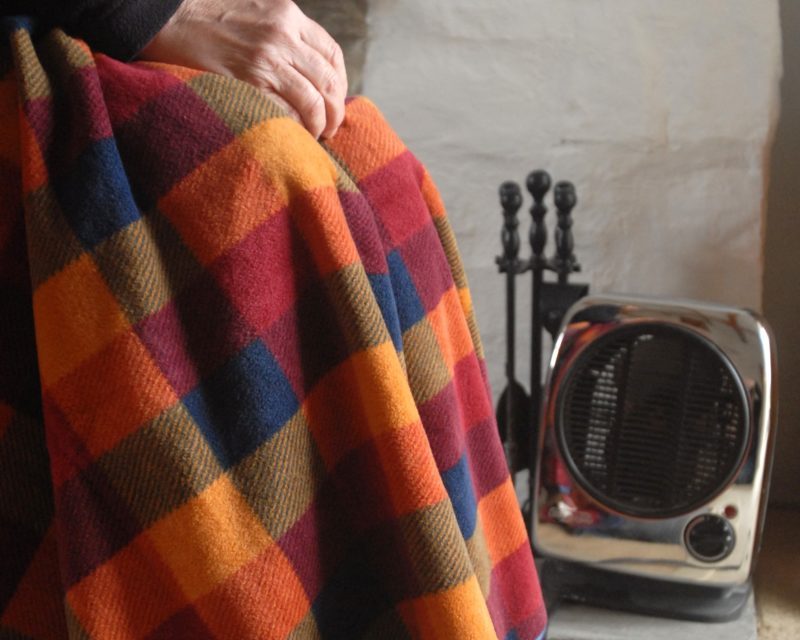 Poverty
Poverty 
People in Wales are harder hit by the energy crisis than in any other part of the UK, says Bevan Foundation director Victoria Winckler
The talk of my local bus is the squeeze on household incomes, and especially the dramatic increase in the cost gas and electric. While this squeeze is a UK-wide challenge and almost everyone has had to tighten their belts, people in Wales are being hit hardest of all.
I don’t like playing this reverse league table game, in which Wales is the worst at something, but sadly it is true. It’s true because people in Wales are have above average energy costs and below average incomes.
Above average costs
Wales has the highest average electricity bills in the UK, according to BEIS. Why? Are we keeping the lights on all night or what?
It’s partly the result of Wales’ homes having above average costs per unit of electricity. In North Wales, for example, the average cost per kwh for credit bills is 2.09p higher than in the cheapest area of Yorkshire. South Wales’ unit costs are slightly cheaper than in the north, but are nevertheless above average.
The relatively low energy efficiency of much of Wales’ housing stock also pushes bills up. Our older housing stock means that energy is wasted through uninsulated roofs, walls and windows. Add to this, a lot of homes – especially in rural areas – are not on mains gas, and so rely on even more costly solid fuel, oil or LPG for their heating.
Below average incomes
Average household incomes are relatively low in Wales, with a higher proportion of people living on incomes below the poverty threshold. In terms of energy costs, although people on low incomes tend to spend less in cash terms it accounts for a higher proportion of their outgoings. Figures from the Living Costs and Food Survey suggest that households in the lowest two income groups spend more than twice as big a share of their household income on gas, electricity and other fuels than the highest income groups. If low-income households spent what they need to keep warm, it could take up even more of their household budget.
Looking ahead
The next year looks extremely challenging, with fuel prices set to rise further and benefits and wages failing to keep pace with inflation.
The options for households are limited – they can cut their bills with various energy-saving tips such as not overfilling the kettle and turning down the thermostat. But these measures are not enough to offset the eye-watering price rises ahead. Families will either be cold or in debt.
The options for the Welsh Government are also limited. In the short-term the Welsh Government has already offered £100 through its Winter Fuel Scheme to low-income households who receive Universal Credit. This is very welcome indeed, although how many people know about it and applied to receive it remains to be seen. It could – budget permitting – make another payment, although it remains a short-term and partial solution.
Longer term, the Welsh Government should ramp up its Warm Home programme. The record to date has hardly dented the scale of the energy inefficiency problem with just 4,500 homes benefiting from its NEST programme. Even worse, Audit Wales estimates that not all those households were actually fuel poor. With just a year left to run, the Warm Homes programme needs to deliver what it says on the tin – a warm home for people on low incomes.
Fundamentally, addressing the cost of living crisis demands an increase in income for the people with the least, whether that is through a one-off payment or through a general uplift in benefits. And that rests with the UK Government.


